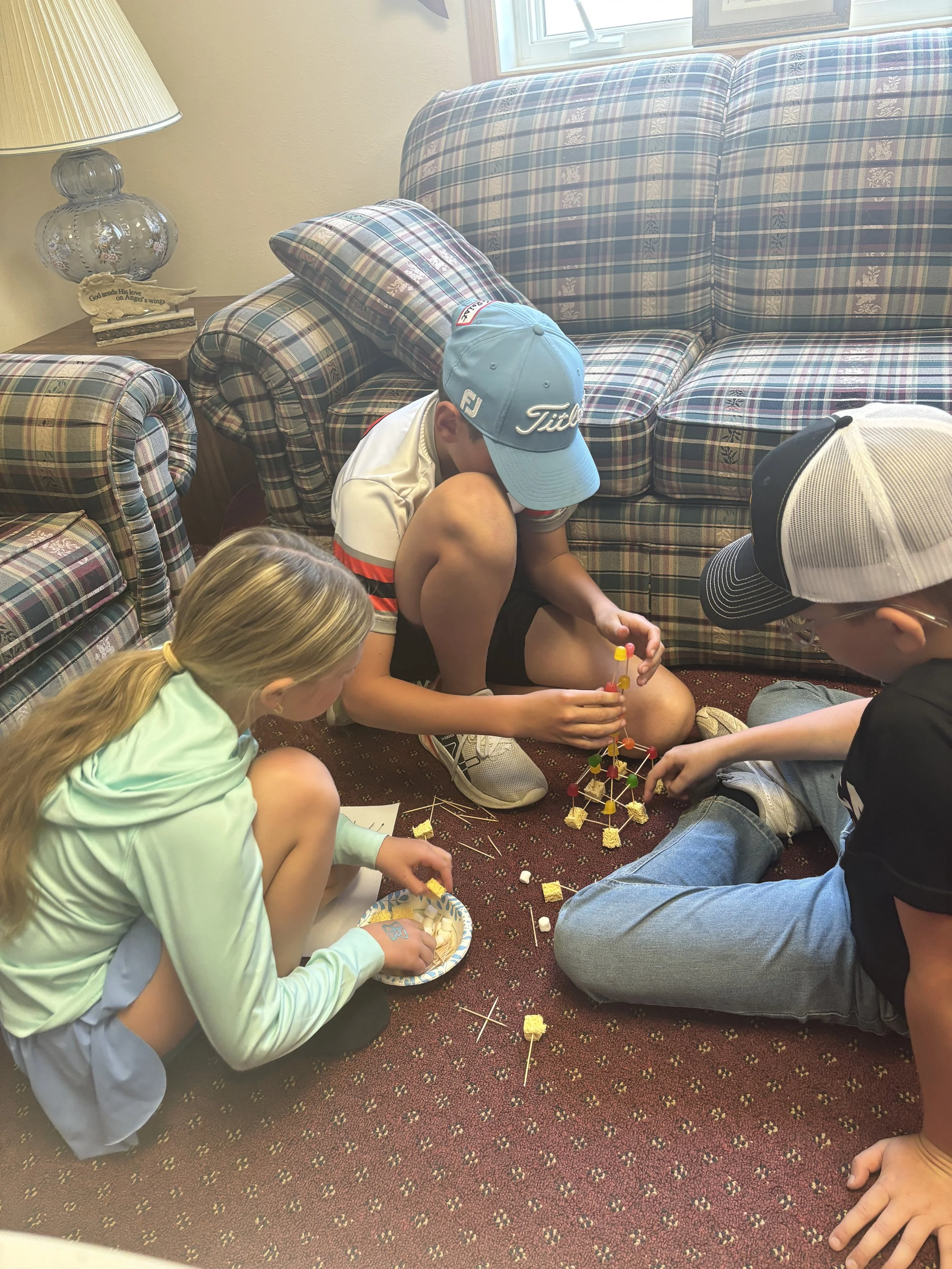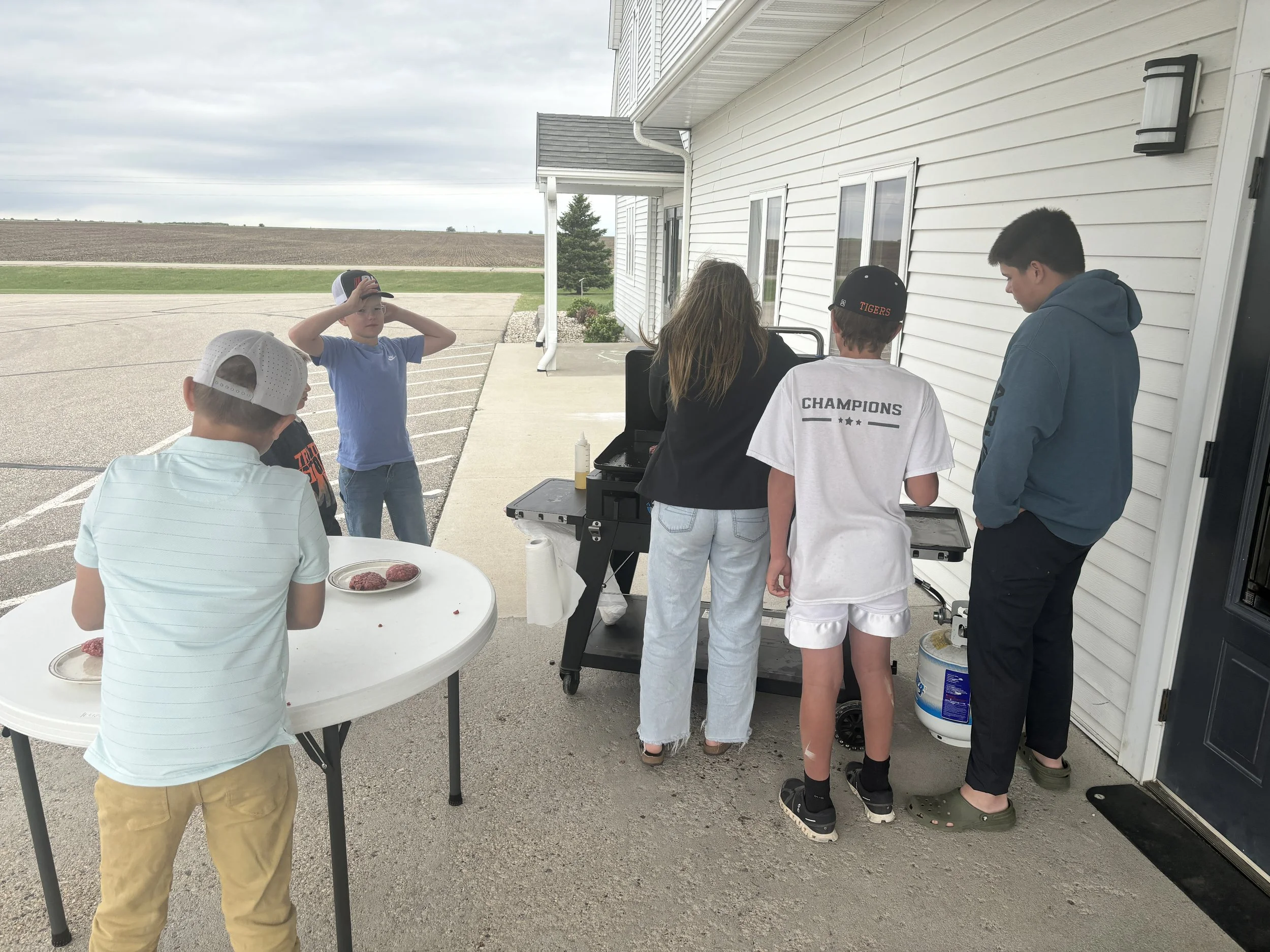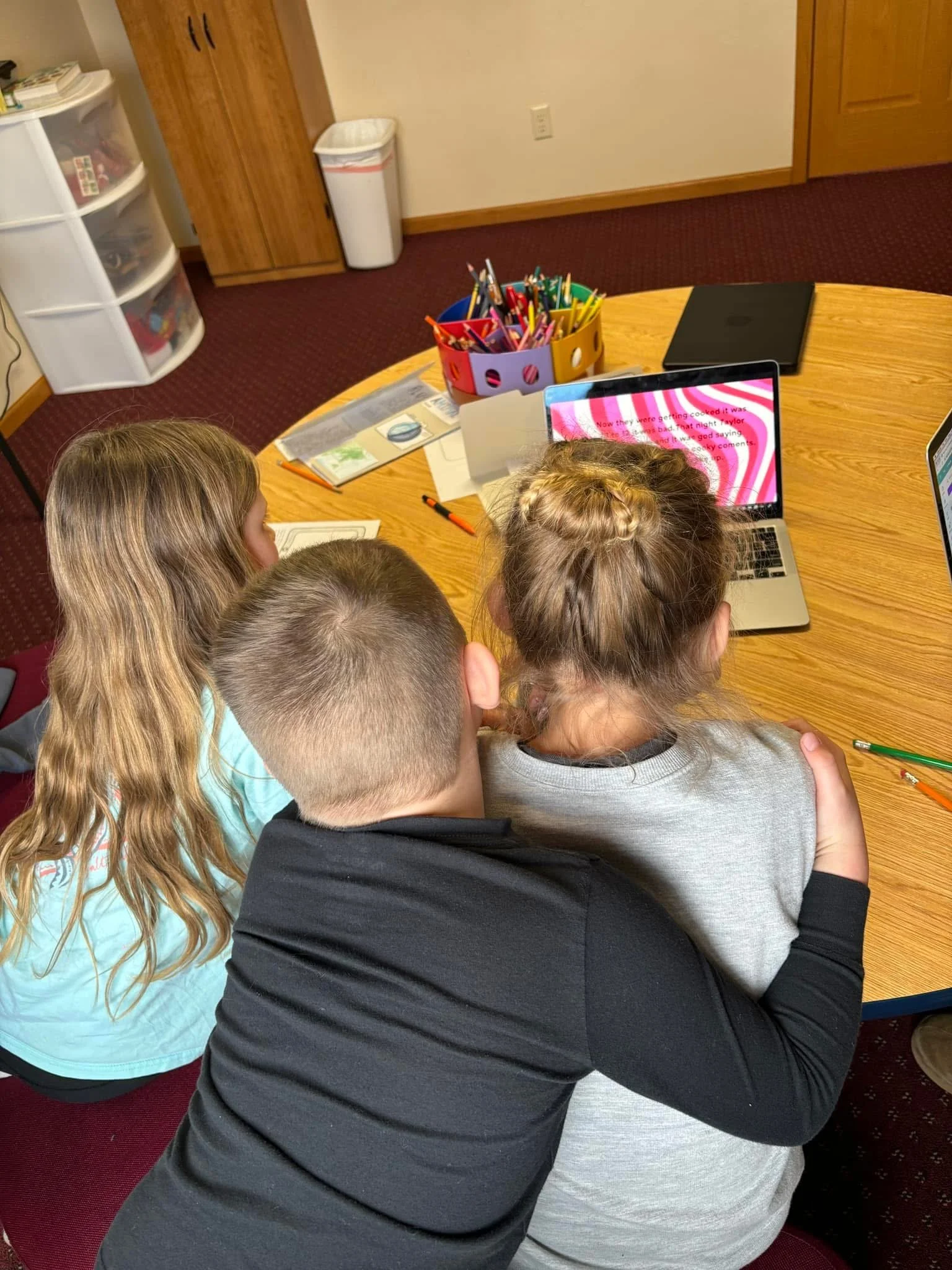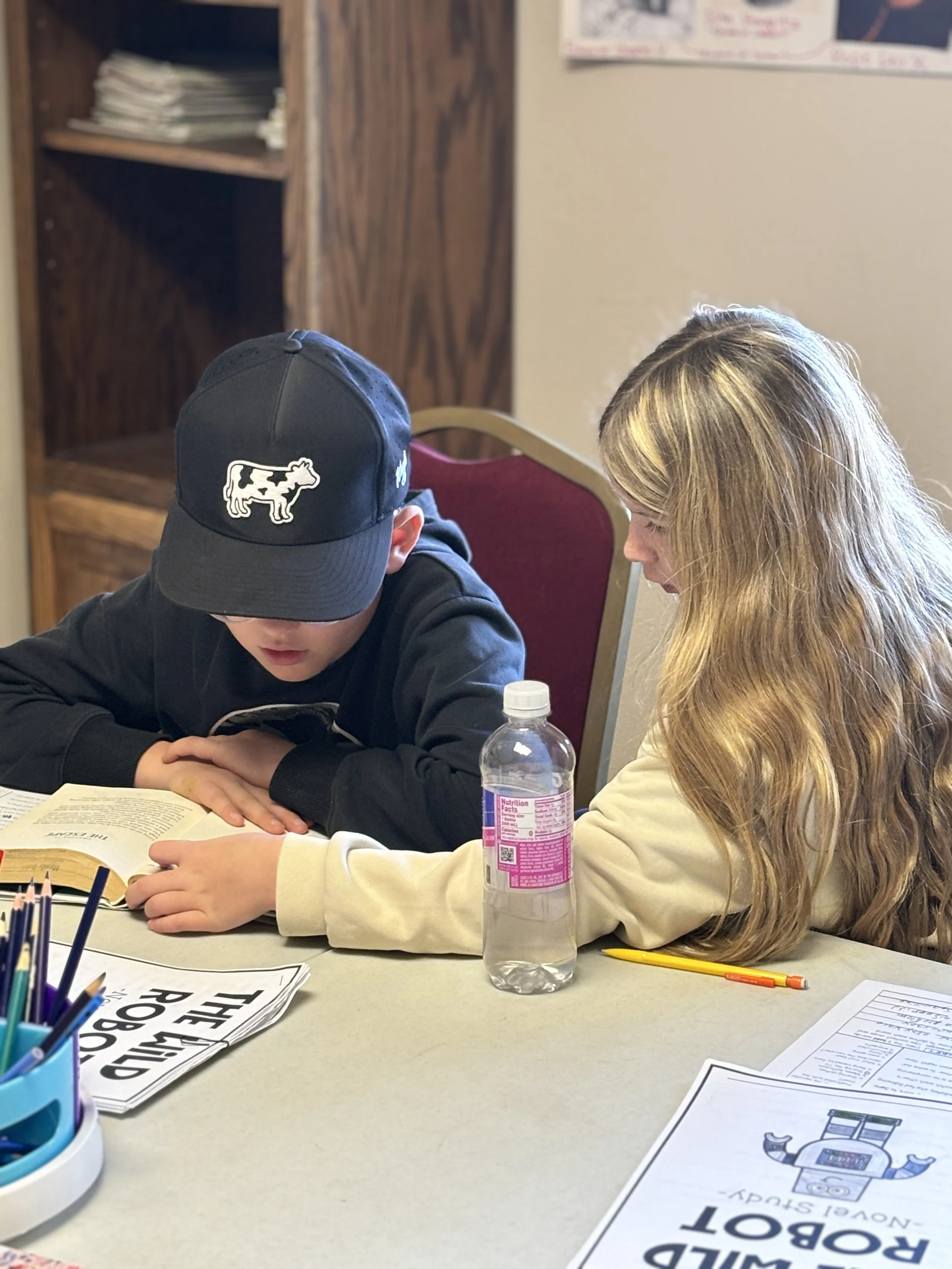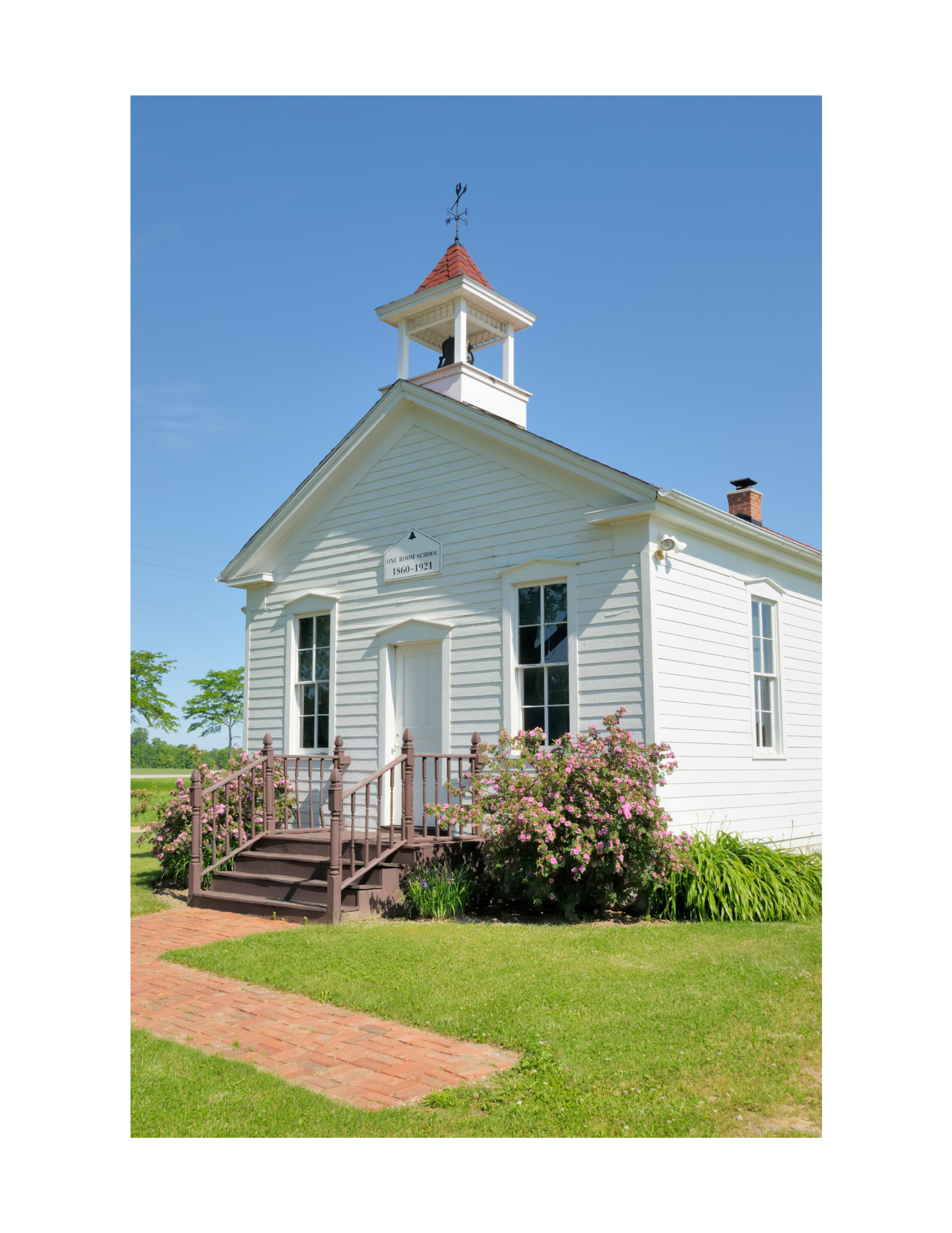Many homeschool co-ops offer multi-age learning. What are the benefits of multi-age learning? In fact, there are so many, but I want to share just a few that I have personally seen.
Sixth, fourth, and third grade students work together in a contest to build the tallest free standing structure with noodles and marshmallows.
From third grade to ninth grade - they all made lunch together, including smash burgers on the Blackstone!
A first grader watches and learns how to make a slideshow from his older classmates.
Students help each other read. They love to help each other and gain a lot of confidence from it. Teaching others is the highest level of comprehension!
Is it time to bring back the one room school house?
Multi-age learning offers a wonderful educational experience that brings together students of different ages and skill levels in the same classroom. This approach has been effective for centuries and is seeing a resurgence, especially in homeschool co-ops and small community groups. According to the RAND Corporation and this story, there could be as many as 2 million students enrolled in microschools or one room school house in the United States.
One-room schoolhouses from the past are a perfect example of multi-age learning done right. In these settings, one teacher guided children of all ages through different lessons simultaneously. This environment fostered a sense of community, allowed older students to reinforce their knowledge by helping younger ones, and encouraged individualized learning paces. The varied interaction helped kids develop social skills, empathy, and leadership, while also providing younger learners with role models. Here is a fun video of a one room schoolhouse called Red Barn Farm that got some national attention. It reminded me of Lighthouse Learning, the homeschool co-op I helped start and currently tutor at. We just need to get some animals :)
Today, homeschool co-ops are bringing back this model because it matches so well with the diverse needs of homeschooling families. Multi-age groups create dynamic, flexible classrooms where students aren’t limited by age but instead progress according to their abilities and interests. It encourages collaboration and peer teaching, which can deepen understanding and build confidence. Parents and educators also appreciate the efficiency, as one instructor can facilitate learning for a range of ages all at once.
In short, multi-age learning combines the best of community, personalized instruction, and real-world social development. It’s no wonder that the one-room schoolhouse concept is making a comeback, proving that sometimes old ideas are the best ideas.

